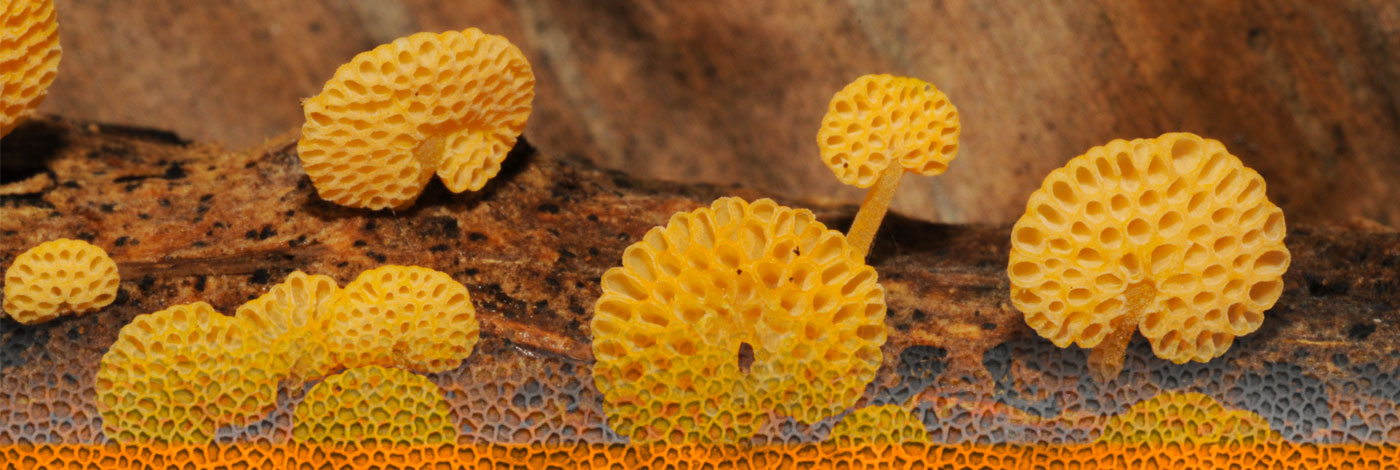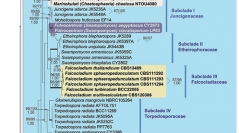

 Cryptogamie, Mycologie
35 (2) - Pages 119-138
Cryptogamie, Mycologie
35 (2) - Pages 119-138The taxonomic position of the marine fungi referred to the TBM clade is re-evaluated along with the marine species Chaetosphaeria chaetosa, and the terrestrial asexual genus Falcocladium. Phylogenetic analyses of DNA sequences of two ribosomal nuclear loci of the above taxa and those previous recognized as the TBM clade suggest that they form a distinct clade amongst the Hypocreales, Microascales, Savoryellales, Coronophorales and Melanosporales in the Hypocreomycetidae. Four well-supported subclades in the "TBM clade" are discerned including: 1) the Juncigena subclade, 2) the Etheirophora and Swampomyces s. s. subclade, 3) the Falcocladium subclade and 4) the Torpedospora subclade. Chaetosphaeria chaetosa does not group in the Chaetosphaeriales but together with Swampomyces aegyptiacus and S. clavatispora they group in the Juncigena subclade, while Falcocladium forms a sister group to the Etheirophora and Swampomyces s. s. subclade. Swampomyces aegyptiacus and S. clavatispora share some morphological and ecological characteristics with Juncigena, but they are not monophyletic, and a new genus is introduced to accommodate them (Fulvocentrum). Chaetosphaeria chaetosa however, differs significantly from other Chaetosphaeria and Juncigena species and a new genus Marinokulati is proposed to accommodate it. The taxonomic significance of the phylogenetic data is discussed and new families are proposed for the four clades highlighted in this paper: Juncigenaceae, Etheirophoraceae, Falcocladiaceae and Torpedosporaceae, which differ from all other families in the Hypocreomycetidae.